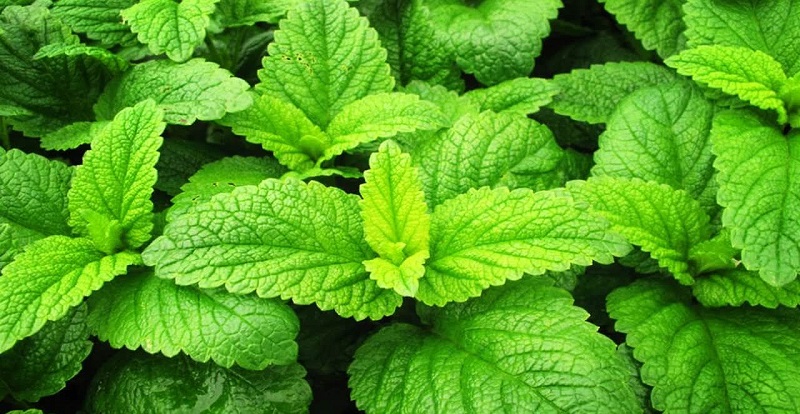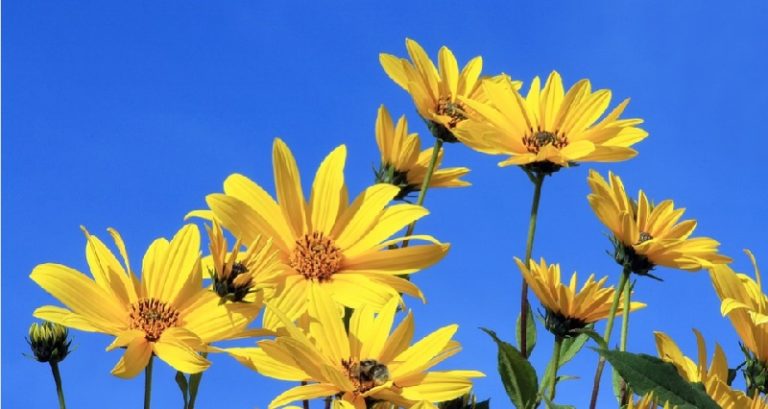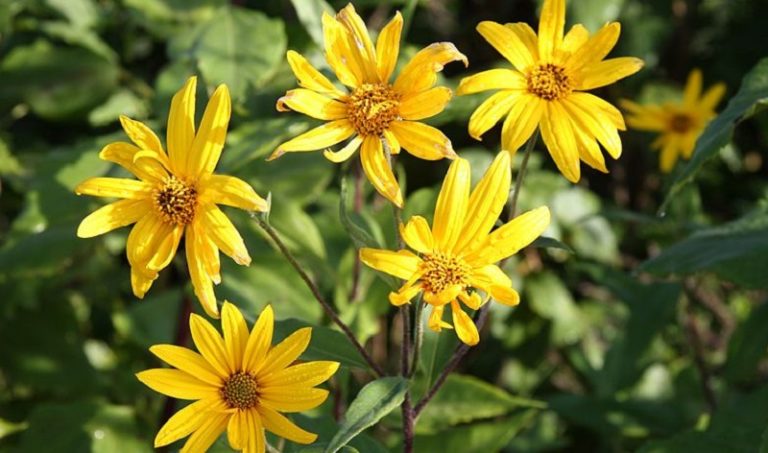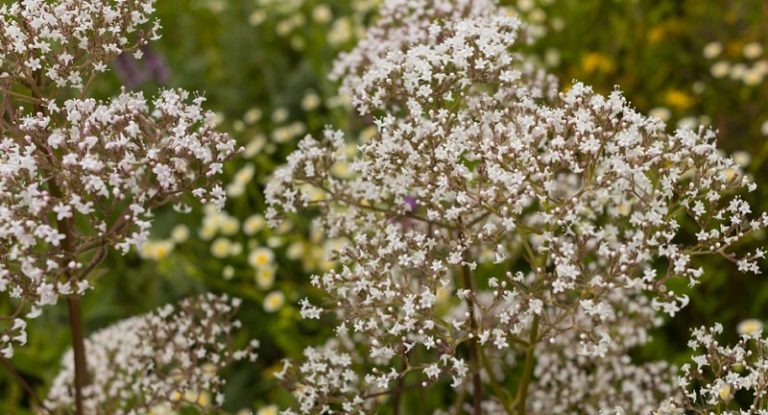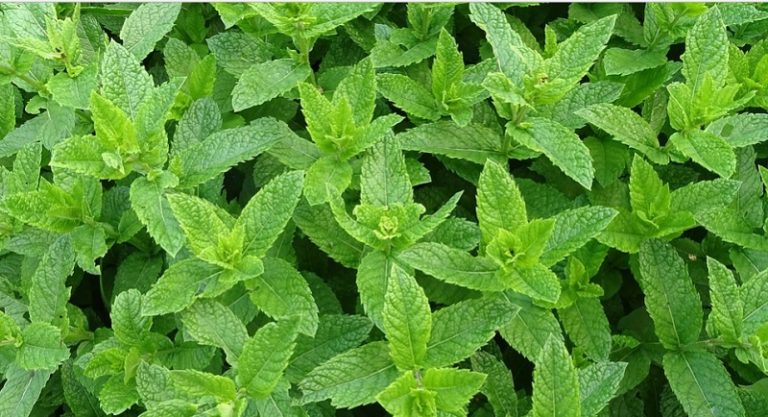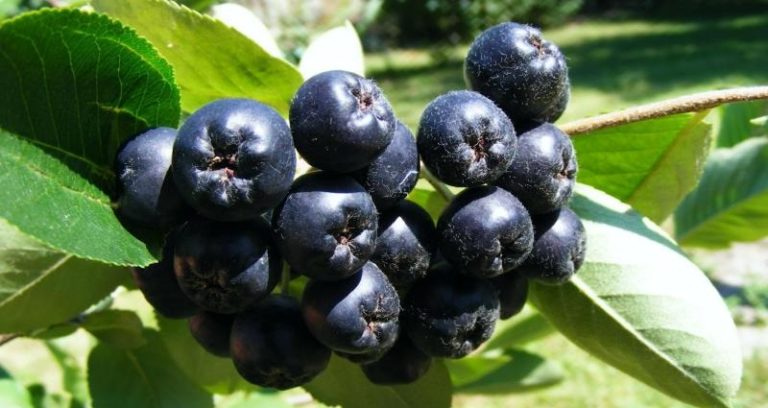Lemon balm officinalis
Lemon balm (Melissa officinalis L.) is a perennial herbaceous plant up to 1 m or more high.
The stem is tetrahedral, branched. The leaves are large-toothed, petiolate. The flowers are small, whitish or pinkish, in axillary tufts. It blooms from mid-June to late autumn. The leaves, when crushed (fresh and dried), have a lemon smell. Popular names are lemon or honey grass, mother liquor.
Translated from ancient Greek, “lemon balm” means “bee”, because the plant is an excellent honey plant. When you wash your face with lemon balm water or rub it with the leaves of your hand, you can avoid bee stings. Do not do this while swarming, because the smell of lemon balm reminds bees of royal jelly.
In the wild, it grows in the Mediterranean region. In Ukraine, lemon balm is sown in flower beds and beds. It is grown as a technical crop for oil.
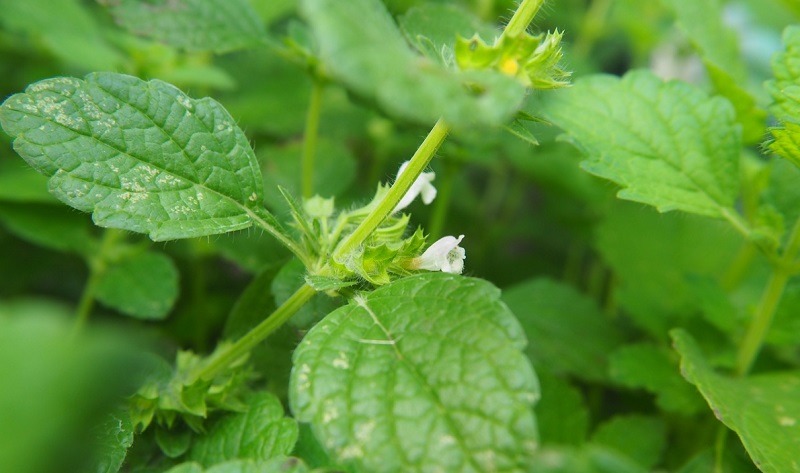
. . . . .
How and when to collect lemon balm
Lemon balm leaves and flowering stems are used, which are cut during flowering . Dry in warm, well-ventilated areas. Store in a tight container.
The chemical composition of lemon balm officinalis
In the raw materials of lemon balm, tannins, resins, caffeic, oleaic and ursolic acids, saponins, ascorbic acid, essential oil were found.
The use of lemon balm officinalis
Lemon balm preparations are used by traditional medicine in the treatment of numerous ailments: diseases of the alimentary canal, liver, pancreatitis, diabetes mellitus, inflammatory processes of the genitourinary system. The plant has a mild diaphoretic, carminative and laxative effect. Stops nausea and vomiting, has an anticonvulsant effect, calms the nervous system, improves sleep.
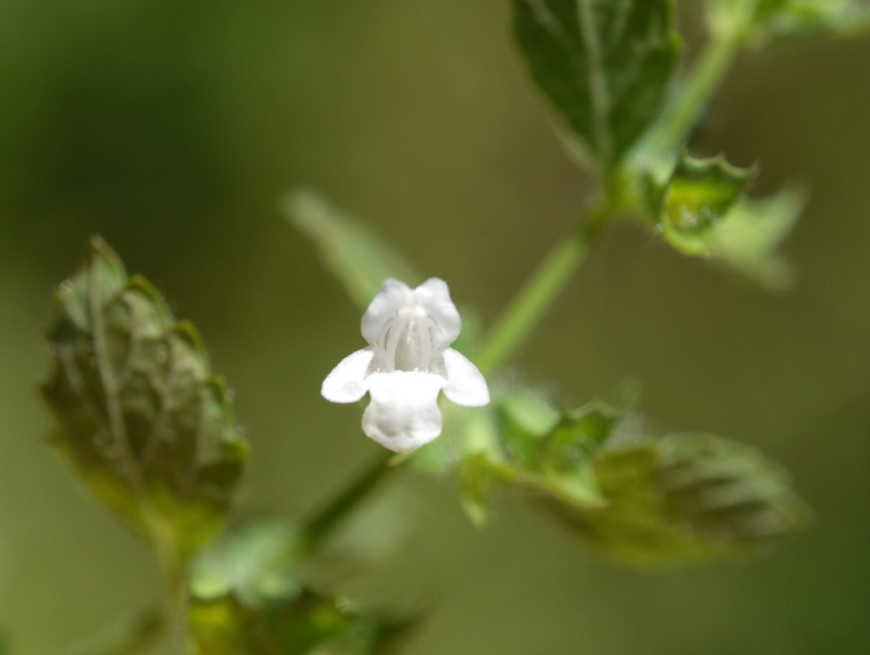
In official medicine, lemon balm oil is used for diseases of the respiratory and urinary tract, rheumatism, after severe injuries and operations.
With low blood pressure, taking in large quantities of infusions or decoctions of lemon balm is not recommended.
Consult a specialist before use!

